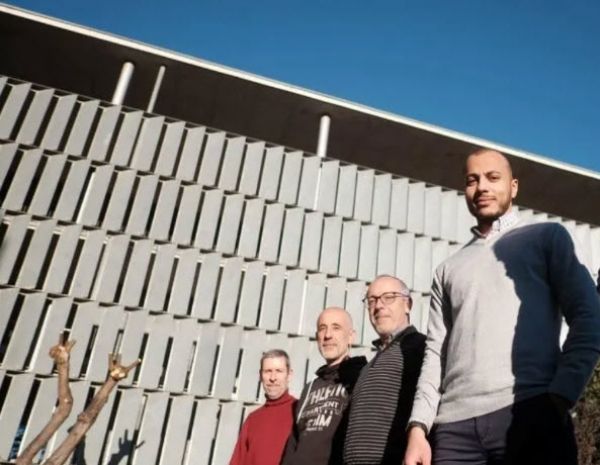More than 40% of energy consumption in the European Union is by buildings and 63% of this figure is due to residential dwellings. Furthermore, more than 75% of domestic energy consumption is related to heating and the production of clean hot water. These data highlight the need to look for alternative sources of energy in line with the EU’s 2030 targets that seek a sustainable transition from fossil fuels to renewable energies and to reduce emissions of greenhouse gases. With this in mind, a group led by the URV has created a diagnostic tool that uses artificial intelligence to demonstrate the reduction in environmental impact and in energy consumption from solar assisted heating networks. The results of the study have been published in the journal Applied Energy.
Solar assisted heating networks are installations that have centralized systems for producing hot water on a large scale. Thermal solar collectors capture solar energy to meet the demand for heating and clean hot water in residential dwellings throughout a given neighbourhood. The principal difference between solar assisted heating networks and the thermal energy storage systems that can already be found in some homes is that the latter can only use the energy in a short period after it has been collected (in the following hours or, at the most, the following seven days). In contrast, solar assisted heating networks store the excess thermal solar energy during the sunniest months in large underground tanks (up to 10,000 cubic metres) and very well insulated so the heat can be used during the autumn and winter, when there is less solar energy.
Read more at Rovira i Virgili University
Image: Scientists from the SUSCAPE research group that have participated in the study. From left to right: Dieter Boer, Laureano Jiménez, Manel Vallès i Mohamed Abokersh. CREDIT: Rovira i Virgili University


